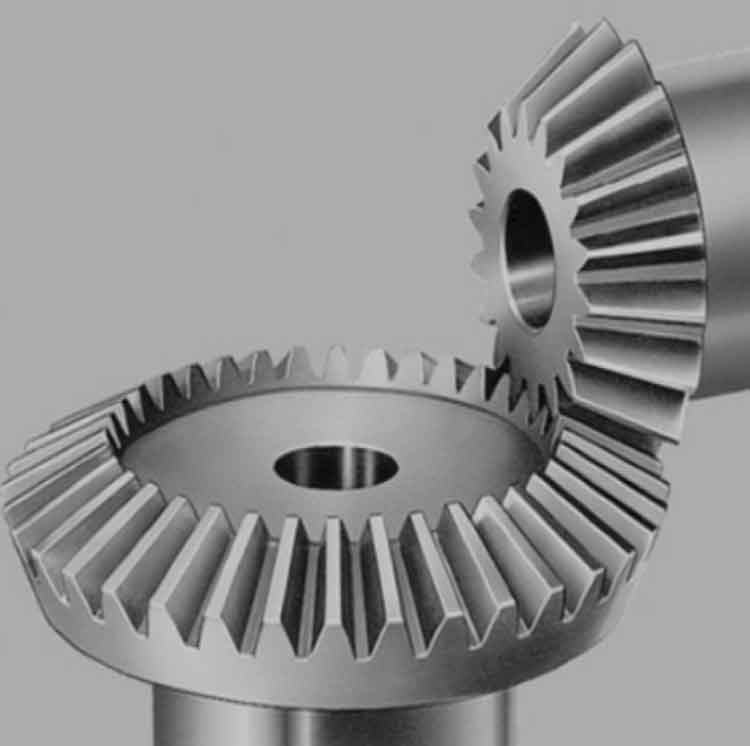Designing robust straight bevel gear systems requires careful consideration of various factors to ensure optimal performance, reliability, and longevity. Here are some best practices and key considerations for designing robust straight bevel gear systems:

1. Load Analysis:
Conduct a thorough load analysis to determine the maximum loads and torque that the gears will experience during operation. Consider factors such as static loads, dynamic loads, shock loads, and variations in loading conditions.
2. Gear Material Selection:
Choose the appropriate gear materials based on the application’s load requirements and operating conditions. Consider factors such as strength, wear resistance, toughness, and compatibility with heat treatment processes.
3. Heat Treatment:
Apply suitable heat treatment processes to enhance the gear material’s mechanical properties. Processes like carburizing, quenching, and tempering can improve surface hardness and wear resistance.
4. Tooth Profile Design:
Optimize the tooth profile design to ensure smooth and efficient tooth engagement while minimizing noise and vibration. Proper tooth profile design can also improve load distribution and reduce stress concentrations.
5. Lubrication and Cooling:
Ensure adequate lubrication of the gear system to reduce friction, wear, and heat generation. Consider using high-quality lubricants and implementing cooling methods, especially in high-speed applications.
6. Backlash Control:
Manage backlash in the gear system to minimize vibrations and noise during gear meshing. Properly control backlash to maintain accurate positioning and reduce wear.
7. Alignment and Tolerance:
Accurate alignment of the gears and shafts is crucial to prevent misalignment-related issues, such as increased noise, wear, and premature failure. Pay attention to manufacturing tolerances and assembly practices.
8. Gear Tooth Filleting:
Add fillets to the gear tooth root to reduce stress concentrations and enhance gear system durability.
9. Housing and Support Structures:
Design robust gear housings and support structures to ensure proper gear alignment, minimize deflection, and absorb shock loads.
10. Gearbox Design Integration:
Integrate the straight bevel gears into the overall gearbox design with proper load distribution, shaft alignment, and appropriate gear ratios.
11. Finite Element Analysis (FEA):
Use FEA or other simulation tools to analyze the gear system’s stress distribution, load-carrying capacity, and performance under different operating conditions. This helps identify potential design improvements and optimize gear system performance.
12. Testing and Validation:
Perform thorough testing and validation of the gear system under realistic operating conditions to ensure its robustness and reliability.
13. Maintenance and Inspection:
Implement a regular maintenance and inspection program to detect and address potential issues before they escalate.
14. Material and Heat Treatment Compatibility:
Ensure compatibility between gear materials and heat treatment processes to achieve the desired material properties without compromising the gear’s structural integrity.
By following these best practices and considerations, engineers can design robust straight bevel gear systems that meet the specific application requirements, withstand varying loads, and operate reliably over an extended period.
